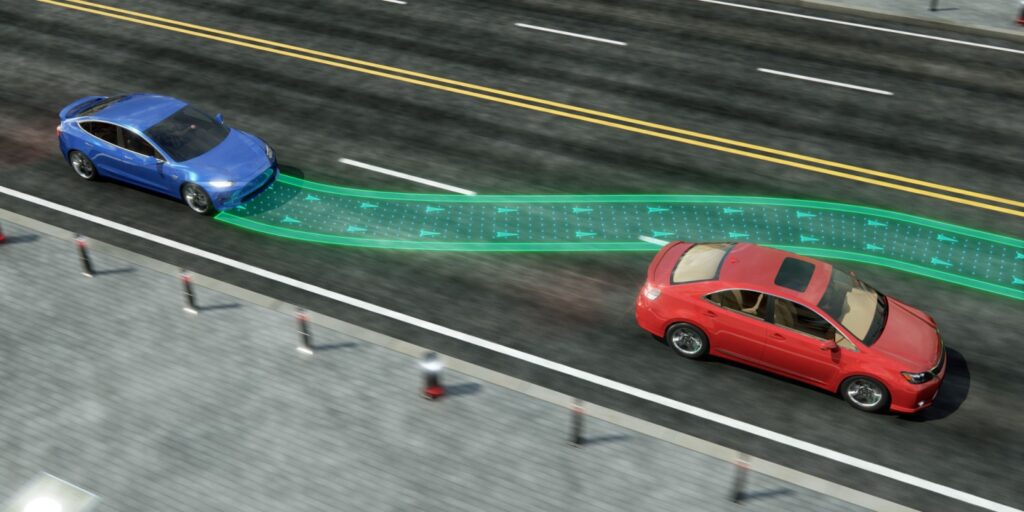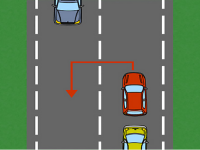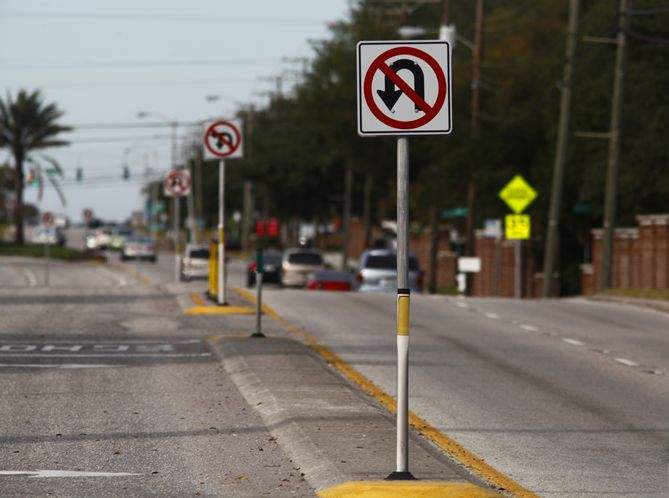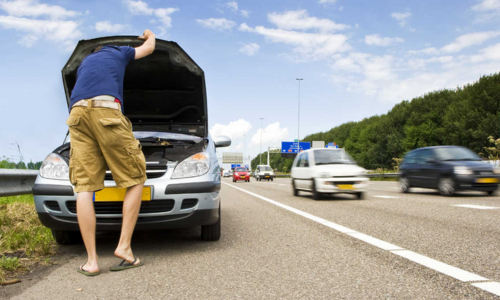A vehicle incorporates onto the road only from these four positions:
Being stopped or parked.
থামানো বা পার্ক অবস্থা থেকে।
From an access road (acceleration lane).
অ্যাক্সেস রোড থেকে (ত্বরণ লেন)।
From an adjoining property (private road, garage …, etc.).
সংলগ্ন সম্পত্তি (ব্যক্তিগত রাস্তা, গ্যারেজ … ইত্যাদি) থেকে।
From an area or service area (gas station, road bar …, etc.).
কোনও অঞ্চল বা পরিষেবা অঞ্চল (গ্যাস স্টেশন, রাস্তা বার … ইত্যাদি) থেকে।
* The vehicle that joins, has the obligation to give way to those who circulate on the main road. This does not mean that vehicles that only have priority to circulate on the main road, facilitate such incorporation as much as possible. *
যে যানবাহন রাস্তায় যোগ দিবে, তাদের বাধ্যবাধকতা রয়েছে তারা মেইন রাস্তায় চলাচলকারীদের অগ্রাধিকার দিবে।
এর অর্থ এই নয় যে মূল সড়কে যে যানবাহনগুলি চলাচল করে শুধু তাদেরই অগ্রাধিকার আছে তাদের যথাসম্ভব সংযোজনকে সহজতর করতে হবে,




















